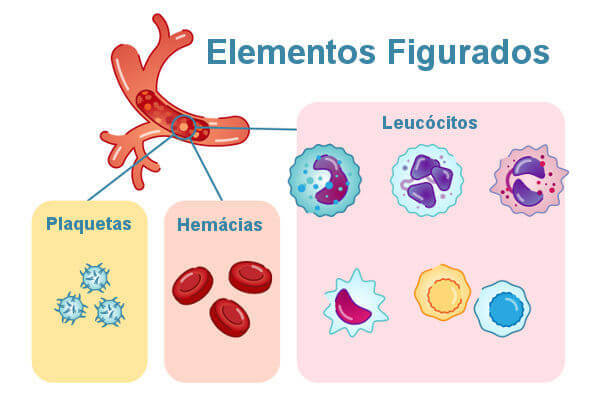Every animal has the ability to perceive stimuli from the external and internal environment. These stimuli are captured through highly specialized cells, called sensory cells; or through simple nerve endings of neurons. These cells or nerve endings can be found scattered throughout the body and in the sense organs (smell, taste, touch, vision and hearing), forming the sensory system.
Although each sense organ has a different type of sensory cell, they function very similarly. When stimulated, there is a change in the permeability of the plasma membrane of the sensory cell, generating nerve impulses that reach the central nervous system, where they will be interpreted. These nerve impulses generated by sensory cells (either through a light reaching the eyes or an odor reaching the nostrils) are very similar. Only when they reach the areas of the brain responsible, in this case, for sight and smell, will impulses be interpreted as visual and olfactory sensations. In this way, what actually sees and smells is not the eyes and nose, but the brain.
Sensory cells that can pick up stimuli from the environment are called exteroceptors and are distributed on the outer surface of the body, and can be found in the organs responsible for taste, smell, hearing and vision.
O chemoreceptor it is a type of exteroceptor responsible for taste and smell. It is stimulated when molecules of specific substances attach to receptor proteins present in the cell membrane, in a process called key-lock.
There are sensory cells called propioceptors and interoceptors which are specialized in capturing internal body stimuli. Proprioceptors are found in muscles, tendons, joints, joint capsules and internal organs and have the function of informing the nervous system about the position of the members of the body in relation to the rest of the body. The interoceptors are located in the viscera and vessels and have the function of perceiving the internal conditions of the organism, allowing us to feel thirst, hunger, nausea, sexual pleasure, etc., in addition to informing about the pressures of CO2 it's the2 and blood pressure.
Do not stop now... There's more after the advertising ;)
Our skin is responsible for the tact and in it we can find the corpuscles of Pacini, a mechanoreceptor that captures mechanical stimuli, transmitting them to the central nervous system.
In our language are the taste buds, who are responsible for our taste. In it we can find chemoreceptors that detect the presence of chemical substances. There are taste buds specialized in the perception of the four flavors (sour, salty, sweet and bitter). Smell also plays an important role in the perception of flavors.
Our nostrils are responsible for the sense of smell. In them is the olfactory epithelium, a specialized tissue where we find thousands of olfactory cells, which have hairs that capture molecules dissolved in the air we breathe.
The ears are the organs responsible for hearing and for balance. In it we find mechanoreceptors that pick up mechanical stimuli and relay them to the central nervous system.
In the eyes, we find sensory cells that are stimulated by light, called photoreceptors, responsible for the sense of eyesight. These cells are found in the retina and may be of the cone or rod. Rods are very sensitive to variations in light, but do not distinguish colors, whereas cones do.
By Paula Louredo
Graduated in Biology
Would you like to reference this text in a school or academic work? Look:
MORAES, Paula Louredo. "Sensory System"; Brazil School. Available in: https://brasilescola.uol.com.br/biologia/sistema-sensorial.htm. Accessed on June 28, 2021.


